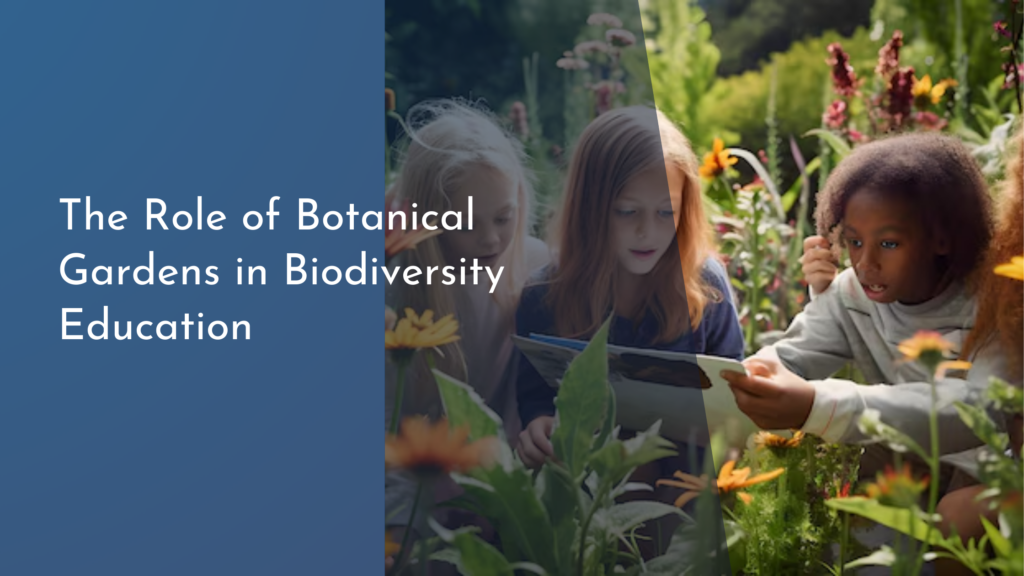Medicinal Benefits of Agroforestry Crops and Trees
Agroforestry, the practice of integrating trees and shrubs into agricultural landscapes, is an age-old tradition that not only enriches ecosystems but also offers remarkable medicinal benefits. By harmonizing agriculture and forestry, agroforestry systems create diverse environments that foster various crops and trees, many of which possess healing properties. From enhancing soil health to providing natural medicines, agroforestry is a treasure trove of benefits waiting to be explored.
In this article, we will delve into the medicinal advantages of agroforestry crops and trees, emphasizing how they can boost our health and nutrition while promoting sustainable practices. By highlighting the unique offerings of this eco-friendly approach, we aim to inspire readers to appreciate and incorporate agroforestry into their lives for a healthier future.
Discover the Healing Power of Agroforestry Crops and Trees
Agroforestry crops and trees serve as a natural pharmacy, providing a wide array of medicinal benefits. Many species found in these systems have been traditionally used in folk medicine for centuries. For instance, the Moringa tree, often referred to as the "miracle tree," is rich in vitamins and minerals and is known for its anti-inflammatory and antioxidant properties. Similarly, various fruit trees such as the Guava and Pomegranate not only enhance soil health but also offer fruits packed with healing compounds that contribute to overall wellness.
Moreover, herbs and plants like Aloe Vera and Turmeric, frequently cultivated in agroforestry settings, are revered for their therapeutic effects. Aloe Vera is well-known for its skin-soothing properties, while Turmeric’s active ingredient, curcumin, has garnered attention for its anti-inflammatory and anti-cancer properties. By cultivating a diverse range of crops and trees, agroforestry creates a rich tapestry of medicinal resources that can significantly enhance human health.
Boost Your Health with Nature’s Medicinal Offerings
Integrating agroforestry crops into our diets can dramatically improve our health. Many of these plants are not just nutritious but are also packed with phytochemicals that have been linked to reduced risks of chronic diseases. For example, the leaves of the Neem tree, often planted in agroforestry systems, are known for their antibacterial and antiviral properties. Incorporating Neem into daily routines can help enhance the immune system and assist in detoxifying the body.
In addition, many agroforestry plants are rich in antioxidants, which combat oxidative stress and inflammation. Berries from bushes interspersed within agroforestry systems are excellent sources of these compounds. Blueberries, for instance, have been shown to support heart health and cognitive function. By tapping into the medicinal offerings of agroforestry, we not only boost our health but also embrace a more natural, holistic approach to well-being.
Exploring Nutritional Benefits of Diverse Agroforestry Plants
The diverse selection of plants in agroforestry systems contributes to improved nutrition and food security. Many of these crops are nutrient-dense, providing essential vitamins and minerals that are crucial for maintaining good health. For example, leafy greens, legumes, and nuts commonly grown in agroforestry systems are rich in proteins, vitamins A, C, and K, as well as essential fatty acids. By promoting biodiversity, agroforestry ensures a balanced diet and helps combat malnutrition, especially in developing regions.
Moreover, these systems often support the cultivation of exotic fruits and vegetables that may not be widely available in conventional farming. By diversifying our diets with these unique offerings, we can enjoy a variety of flavors while nourishing our bodies with essential nutrients. The intermingling of different plants not only enhances the nutritional profile but also encourages culinary creativity, inviting us to explore new dishes and flavors.
Sustainable Practices: Healing People and the Planet Together
Agroforestry is not just beneficial for human health; it also plays a vital role in healing the planet. By fostering a synergistic relationship between crops, trees, and the ecosystem, agroforestry promotes biodiversity and helps restore degraded lands. This sustainable approach to farming helps to sequester carbon, improve soil fertility, and maintain water quality, creating a healthier environment for future generations.
Moreover, these practices encourage local communities to engage in sustainable land management, creating a sense of ownership and responsibility towards the environment. As communities embrace agroforestry, they not only gain access to medicinal crops and nutritious food but also promote ecological balance and resilience. By healing the planet, we are also healing ourselves, leading to a sustainable and prosperous future for all.
In conclusion, the medicinal benefits of agroforestry crops and trees extend far beyond their immediate healing properties. By integrating these plants into our diets and lifestyles, we not only enhance our health but also contribute to sustainable practices that benefit the environment. As we recognize the healing power of nature, let us embrace agroforestry as a pathway to a healthier, more balanced life. Together, we can cultivate a world where both people and the planet thrive in harmony.

